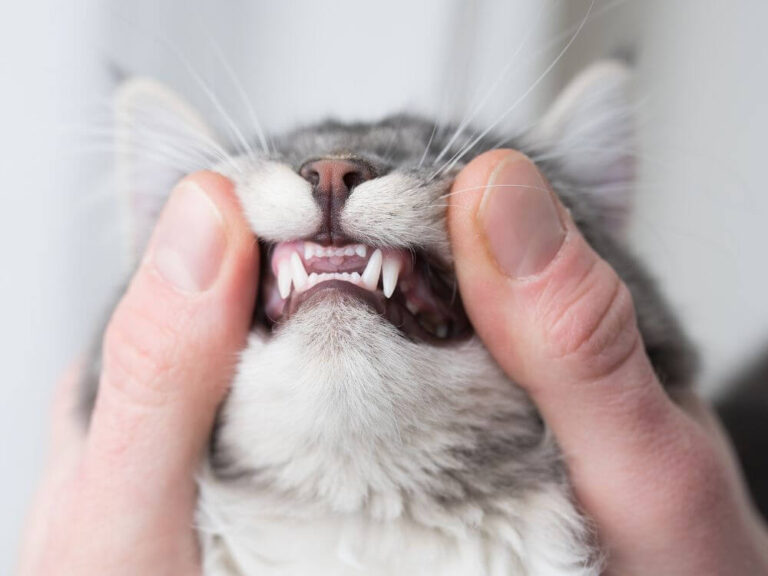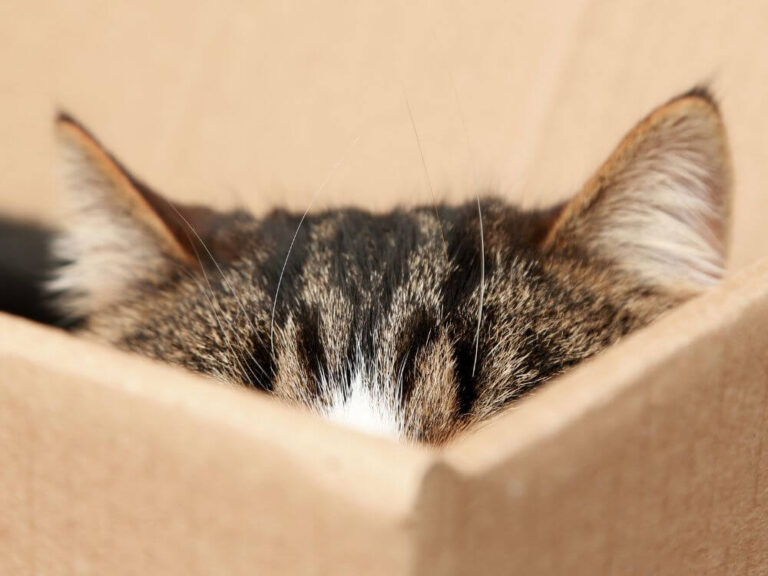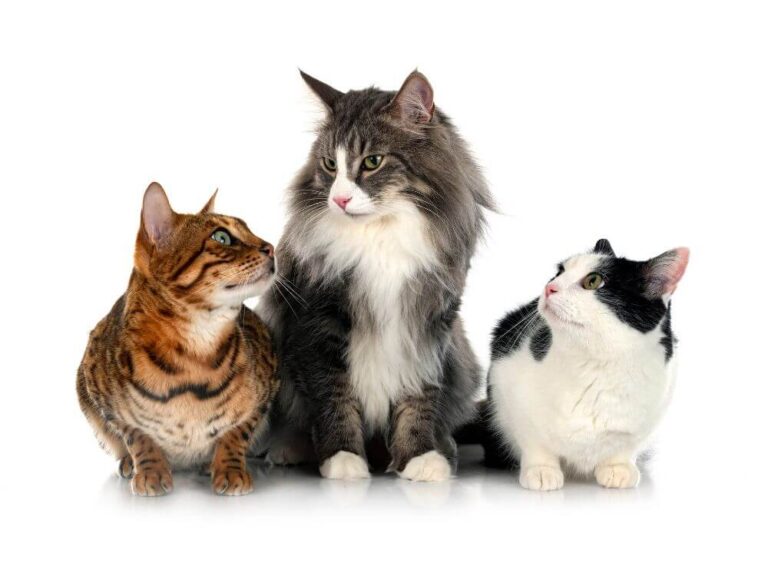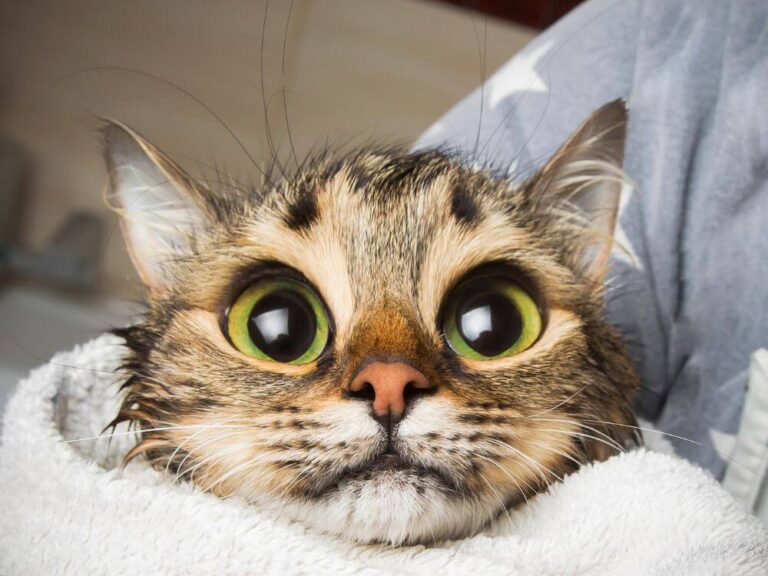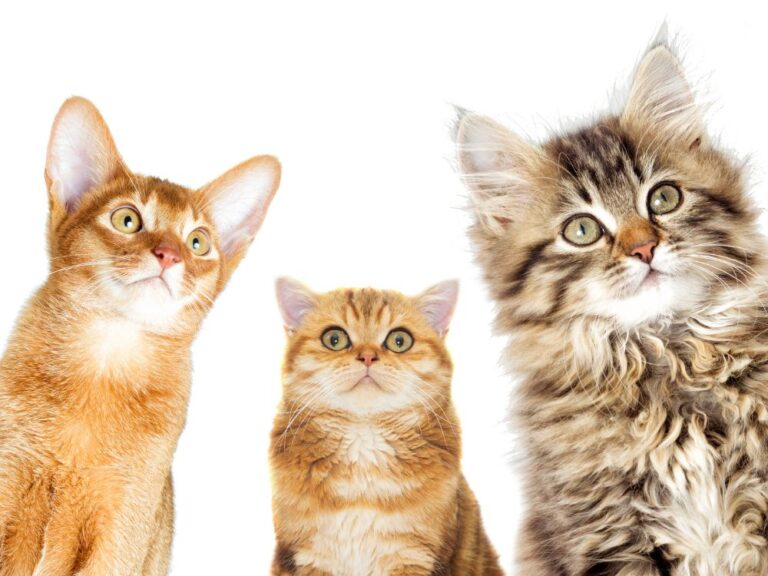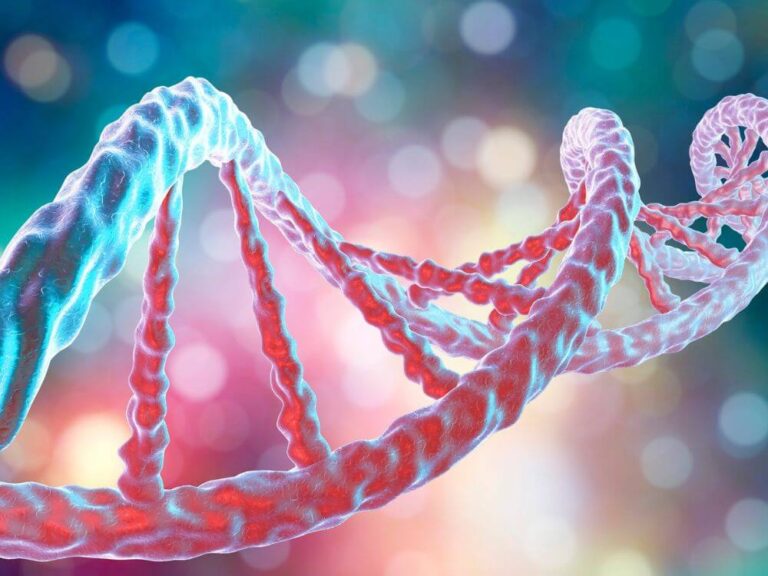The Biology of Cat Reproduction
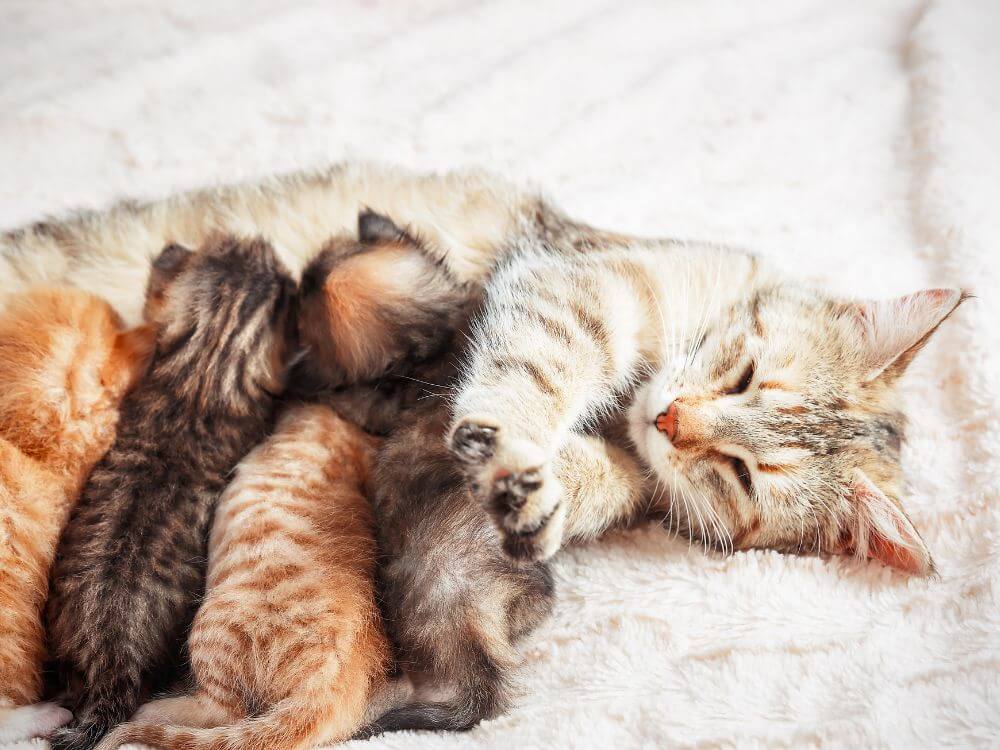
What Happens During Kitten Development? Understanding cat reproduction involves exploring the intricate biological processes that lead to new life. From mating behavior to the growth of tiny kittens, this journey showcases nature’s wonders. Cat owners, breeders, and anyone with an interest in feline development will benefit from knowing the details behind reproduction in cats. This knowledge helps ensure the health and well-being of both the mother cat and her kittens.
The Reproductive Cycle of Cats
Female cats, or queens, experience a reproductive cycle that can begin as early as six months of age. The cycle includes four stages: proestrus, estrus, metestrus, and anestrus. These phases influence the queen’s behavior, fertility, and receptiveness to mating.
Proestrus lasts one or two days, during which the cat may exhibit restless behavior. However, she does not allow mating at this stage. Following proestrus, the estrus phase, often referred to as “being in heat,” can last anywhere from five to ten days. During this time, the queen actively seeks a mate, and her vocalizations may increase, signaling her readiness for reproduction.
If mating does not occur, the cat will enter metestrus, a period where the reproductive system begins to calm down. Finally, anestrus is the resting phase when the queen’s reproductive system is inactive, usually in the fall and winter, when daylight hours are shorter.
Mating and Conception in Cats
Cats are known as induced ovulators, meaning that ovulation occurs only after mating. The act of mating triggers the release of eggs from the ovaries. During the process, the male cat, or tom, mounts the queen, and mating may occur several times over a period of days. Multiple matings increase the chances of ovulation and conception. Since cats can mate with several males during the estrus phase, litters may have kittens from different fathers.
After mating, the fertilized eggs travel to the uterus, where they implant and begin developing. The gestation period for cats typically lasts about 63-65 days, although it can vary slightly.
The Early Stages of Kitten Development
During the first two weeks of pregnancy, the embryos form in the queen’s uterus. By the third week, they develop into recognizable fetuses. The queen’s body undergoes several changes during this time. Her appetite increases, and she may become more affectionate. It’s important to provide high-quality, nutrient-rich food to support her pregnancy.
As the kittens grow, their organs and systems begin to develop. Around the fourth or fifth week of pregnancy, you may notice the queen’s abdomen swelling. At this stage, the skeleton and nervous system of the kittens start to form. During this time, an ultrasound can detect the presence of the fetuses.
Preparing for the Birth
As the queen approaches the end of her pregnancy, she may seek a quiet, secluded spot to give birth. Owners should prepare a comfortable, warm space for the birth. The queen will begin nesting behavior, arranging blankets or soft items to create a cozy environment for her kittens.
It’s essential to monitor her closely during this time. Signs of impending labor include restlessness, frequent grooming, and a drop in body temperature. When labor begins, the queen will deliver the kittens over several hours, typically with a short break between each kitten.
Birth and the First Days of Life
Once the kittens are born, the queen will clean them by licking to stimulate their breathing and circulation. The kittens are born blind and deaf, but they instinctively crawl towards their mother to nurse. During the first days of life, their primary activity is feeding and sleeping, allowing them to grow rapidly.
The queen’s milk provides all the nutrients and antibodies necessary for the kittens’ early development. It’s important for the kittens to nurse as much as possible during this stage, as their immune systems are still developing.
Kitten Development from Birth to Weaning
In the first two weeks, the kittens grow quickly, with their eyes typically opening around day 7-10. Their coordination improves, and they become more mobile. At around three weeks, they will begin exploring their surroundings and attempting to stand and walk. At this stage, you can begin introducing soft, wet kitten food to supplement their mother’s milk.
By the time the kittens are four to six weeks old, they will become more playful and social. Their personalities begin to develop, and they start interacting with their littermates and humans. During this time, socialization is key, as it helps the kittens become well-adjusted cats in the future.
Weaning usually occurs between six and eight weeks of age, although some kittens may continue nursing for comfort even after they start eating solid food. By eight weeks, the kittens are fully mobile, playful, and independent enough to explore their environment.
Spaying and Neutering: Controlling Reproduction
Given how quickly cats can reproduce, it’s essential for responsible pet owners to consider spaying or neutering their cats. Spaying (removing the ovaries and uterus in females) and neutering (removing the testicles in males) prevent unwanted litters and help control the overall cat population. In addition to population control, spaying and neutering provide health benefits, including a reduced risk of certain cancers and behavioral improvements.
Most veterinarians recommend spaying or neutering cats around six months of age, but it can be done earlier, depending on the individual cat’s health and development.
Conclusion: Understanding Cat Reproduction
Understanding the reproductive biology of cats offers insights into their behavior, health, and life cycle. From the estrus cycle to the birth of kittens, the process is fascinating and complex. Responsible pet ownership includes knowledge of cat reproduction and the importance of spaying or neutering to prevent overpopulation.
Whether you are a cat breeder or simply a curious owner, knowing about cat reproduction will help you care for your feline friends throughout their lives. By providing the right environment, nutrition, and veterinary care, you ensure that your cats remain healthy and happy during the reproductive process and beyond.
Final Thoughts
The biology of cat reproduction is a remarkable process that shows the resilience and adaptability of felines. From the moment of conception to the birth and development of kittens, each stage plays a critical role in ensuring the survival of the species. Whether you are witnessing the miracle of birth for the first time or have years of experience, understanding the intricacies of reproduction allows you to appreciate the beauty and complexity of feline life.

